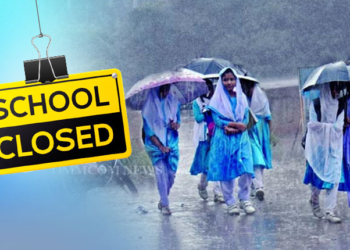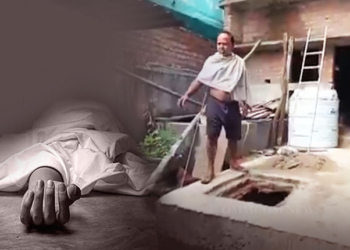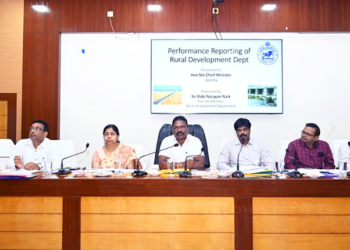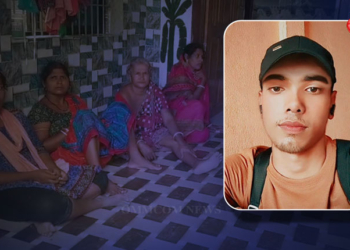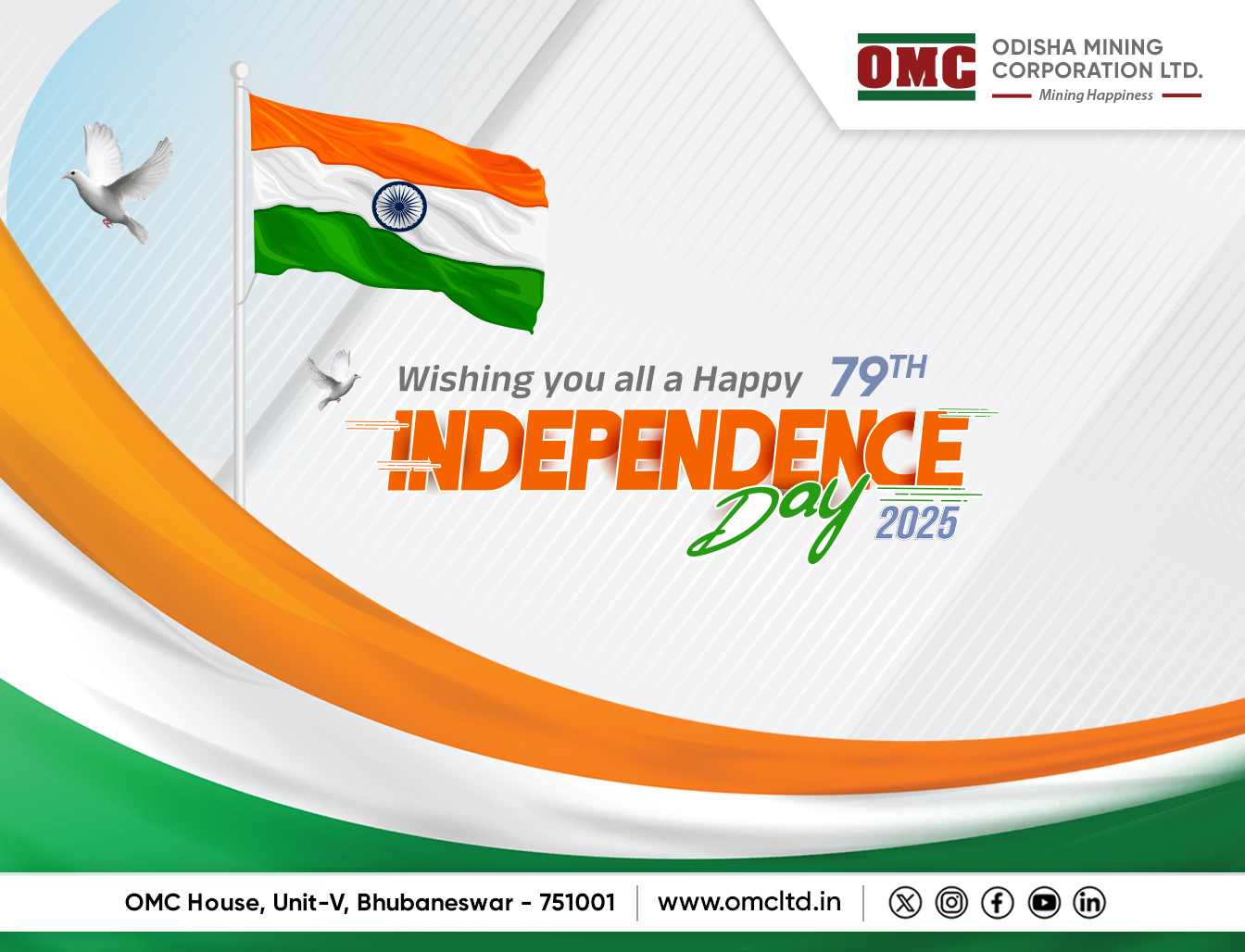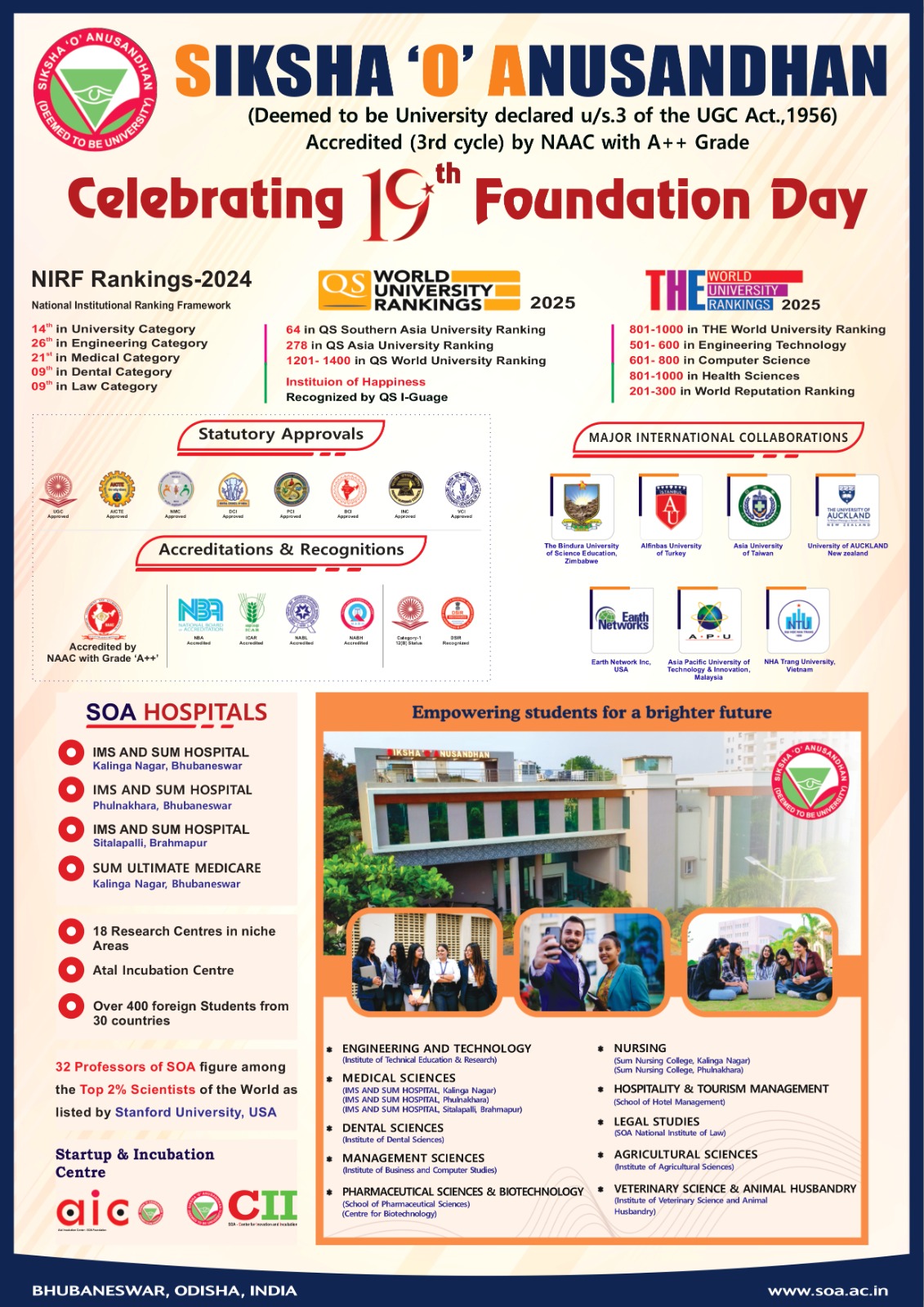Koraput: Here is some good news for people striving to preserve and promote Odisha’s cultural heritage. INTACH and Coates have joined hands to promote the colourful “Kereng cloth” made by the members of the Gadaba tribe inhabiting Odisha’s Koraput district from the barks of various trees in the region.
The Gadaba tribe inhabits the Lamtaput, Patangi, Nandpur, and Baipariguda blocks of the district. The “Kereng cloth” made by them is a disappearing art because seldom has anyone tried to preserve and revive it. Now, INTACH and Coates are helping this tribal community not only preserve their culture and heritage but also promote “Kereng cloth” worldwide by creating a market for this indigenous cloth.
The process of making “Kereng cloth” is very tedious and it is weaved only in certain seasons. First, people collect the bark of the Kereng tree and take out the strands to make a white. Subsequently, the yarn is dyed using red dye from vermilion and jafra trees, and blue dye from seuna and harda trees. The chemicals extracted from these trees are boiled after adding water. After dyeing the strands, they are used to make a special fiber – the “Kereng cloth”, whose colours never fade.
It takes a long time to make the garment as it is prepared through a very complicated process. The technique of preparing “Kereng cloth” is handed down from one generation to the other.
Garments made from “Kereng cloth” are especially worn by the women members of the community on special occasions like ceremonies, religious rituals, and weddings. “Kereng cloth” is also used as a burial shroud cloth for Gabada women to pay respect to them.
When a Gadaba girl attains the age for marriage, she wears “Kereng clothes” to go to her in-law’s house. As the Gadba community considers this cloth to be their honour, no one wants to sell it. These clothes are not available to other people as they are made only for their own use.
As a result, the art of making this indigenous cloth is gradually disappearing as the young generation of the community is not interested in making this indigenous cloth. INTACH Koraput district branch and Coates have undertaken a joint effort to revive and polularise this cloth. In order to create a market for “Kereng cloth’, they have been continuously communicating with the Gadaba community for over a year now. Hoi Kereng has agreed to make clothes. The efforts of INTACH have borne fruits as the community members have agreed to make three pairs (6) of garments in an initial phase. INTACH has collected these garments and will now hand them over to the national INTACH authorities in Delhi.
On behalf of the INTAC, former Koraput District Magistrate Sanjiv Hota, INTACH state branch head Anil Dhir, environmentalist Vajit Mohanty, and tribal researcher Dr Rajendra Padhi gave this information to the media.
Anil Dhir said that since the “Kereng cloth” currently made is coarse and rough, they are making efforts to make the clothes more flexible and smooth after discussions with fashion designers in India and abroad. “Along with this, there is a need to protect Jafra, Sindura, Siuna, and Harida trees and create plant trees,” Dhir said.
If this effort is successful, then the Gadba community’s economy will improve and the disappearing clothes or handlooms can be preserved. With its promotion, the arts and handicrafts made by Koraput and Gadba communities can create their own identity in the world market.




